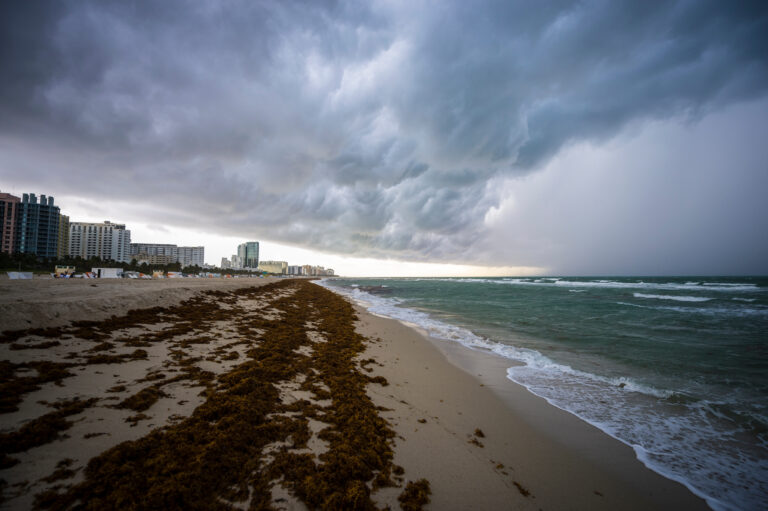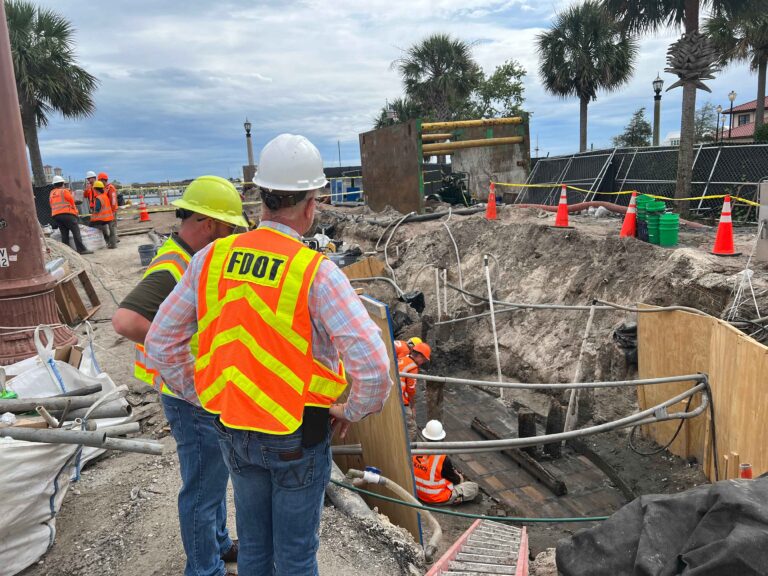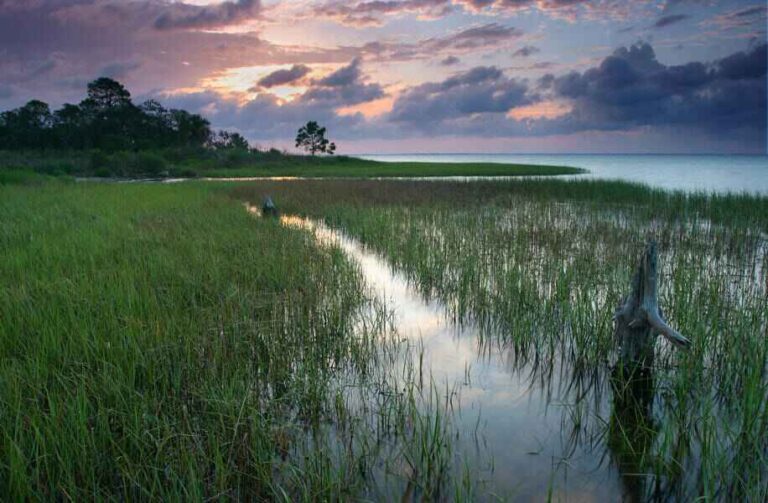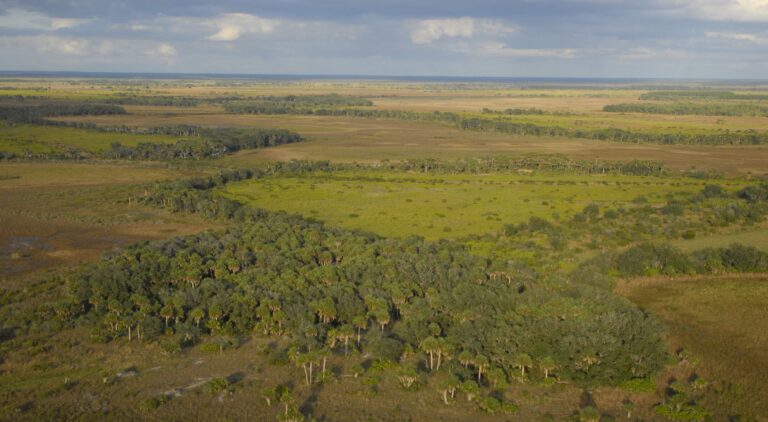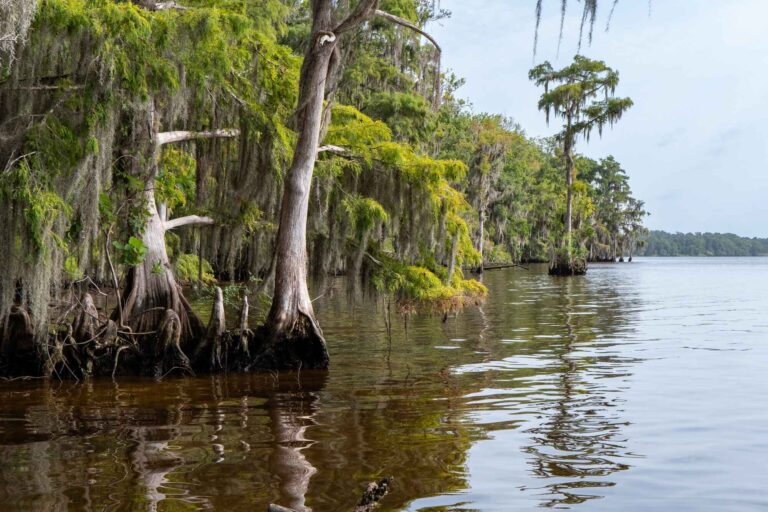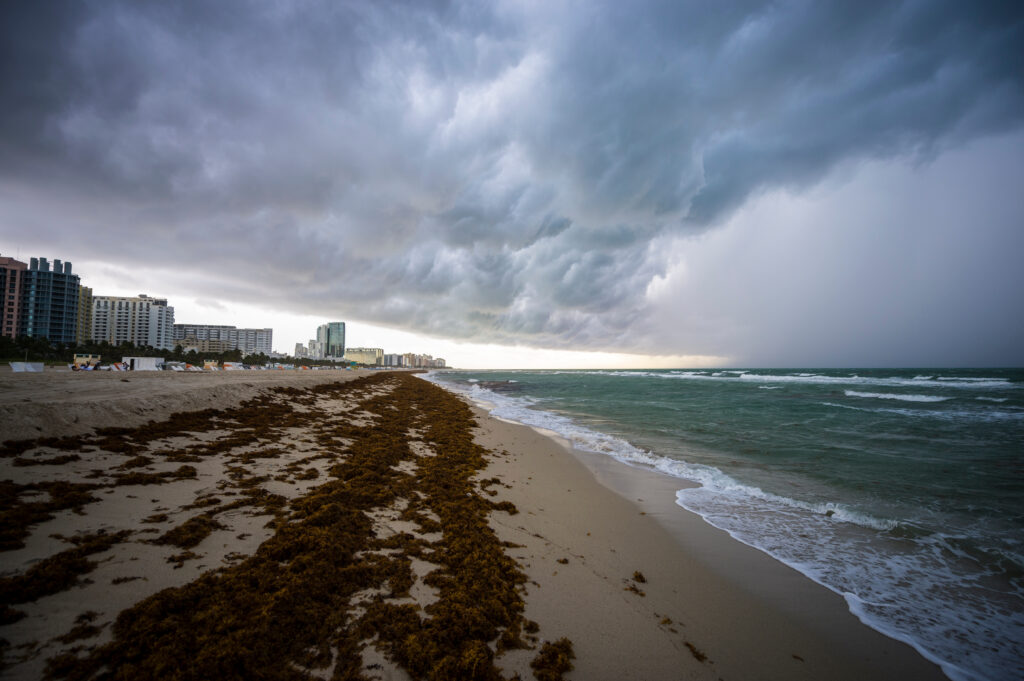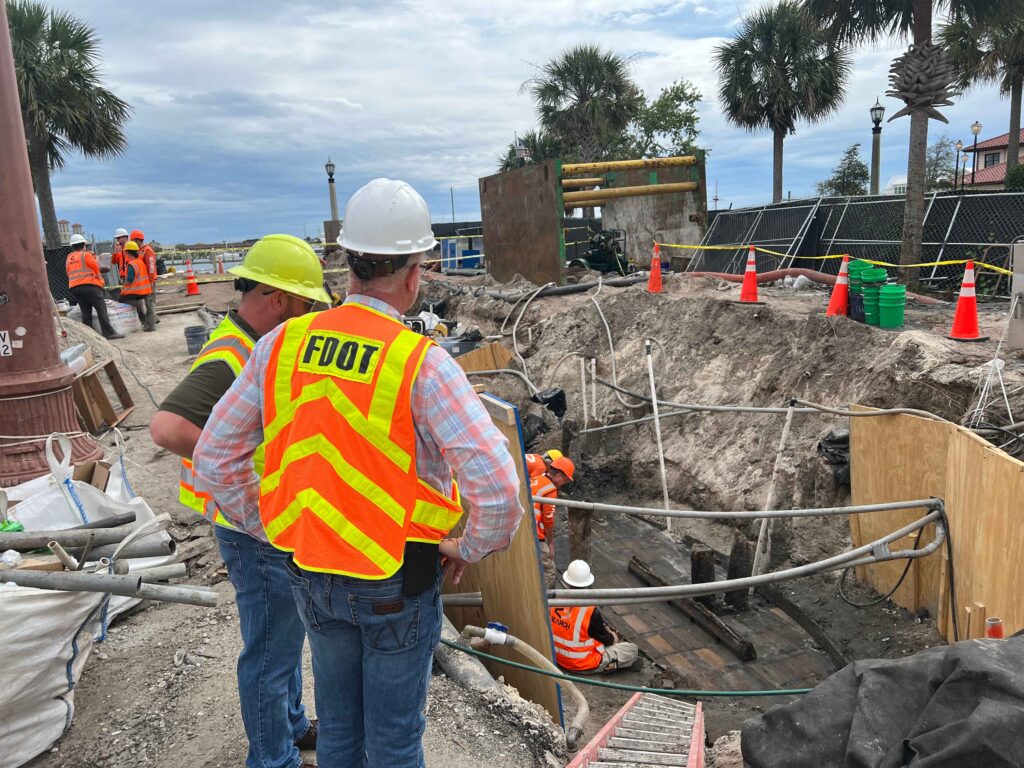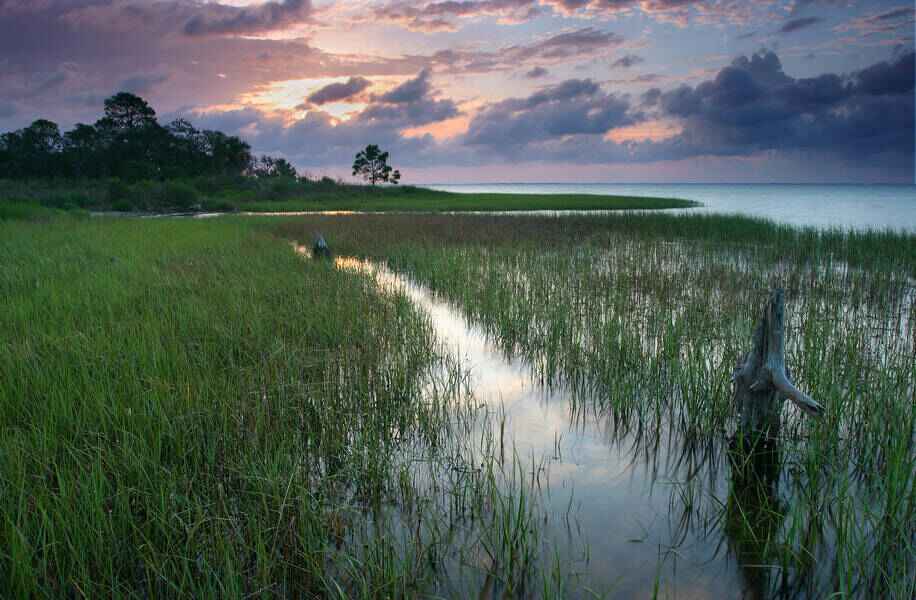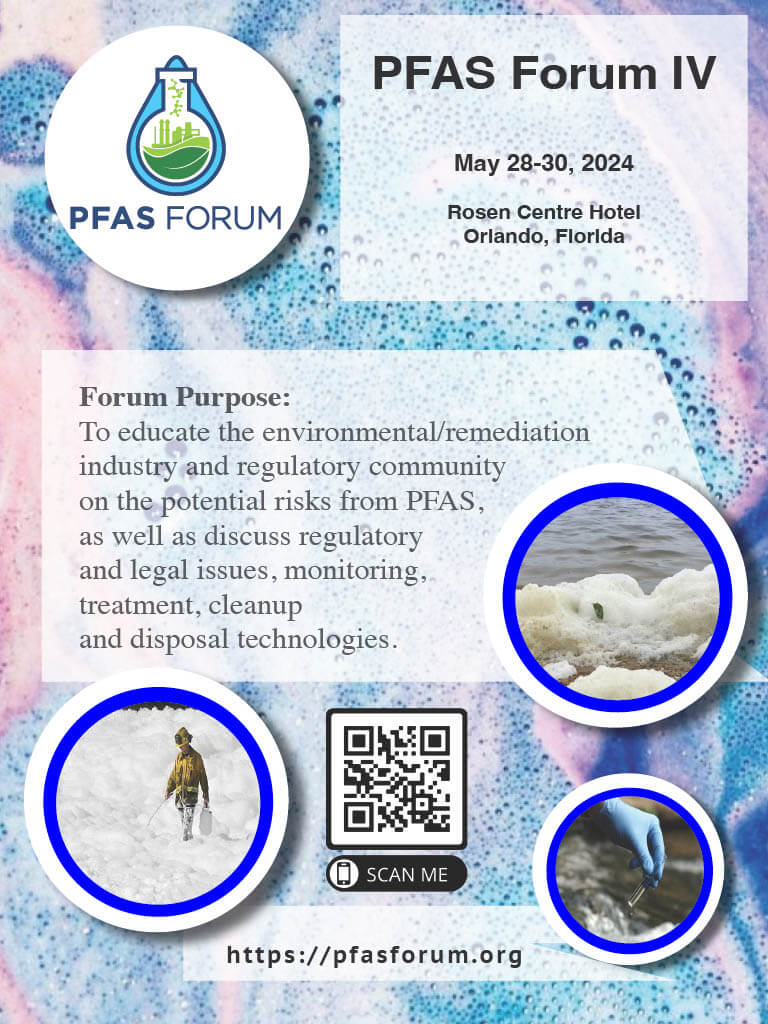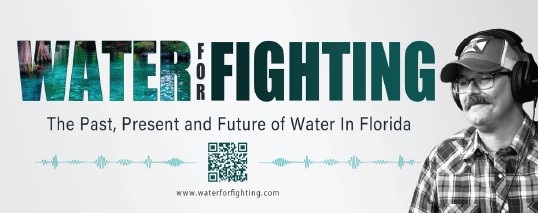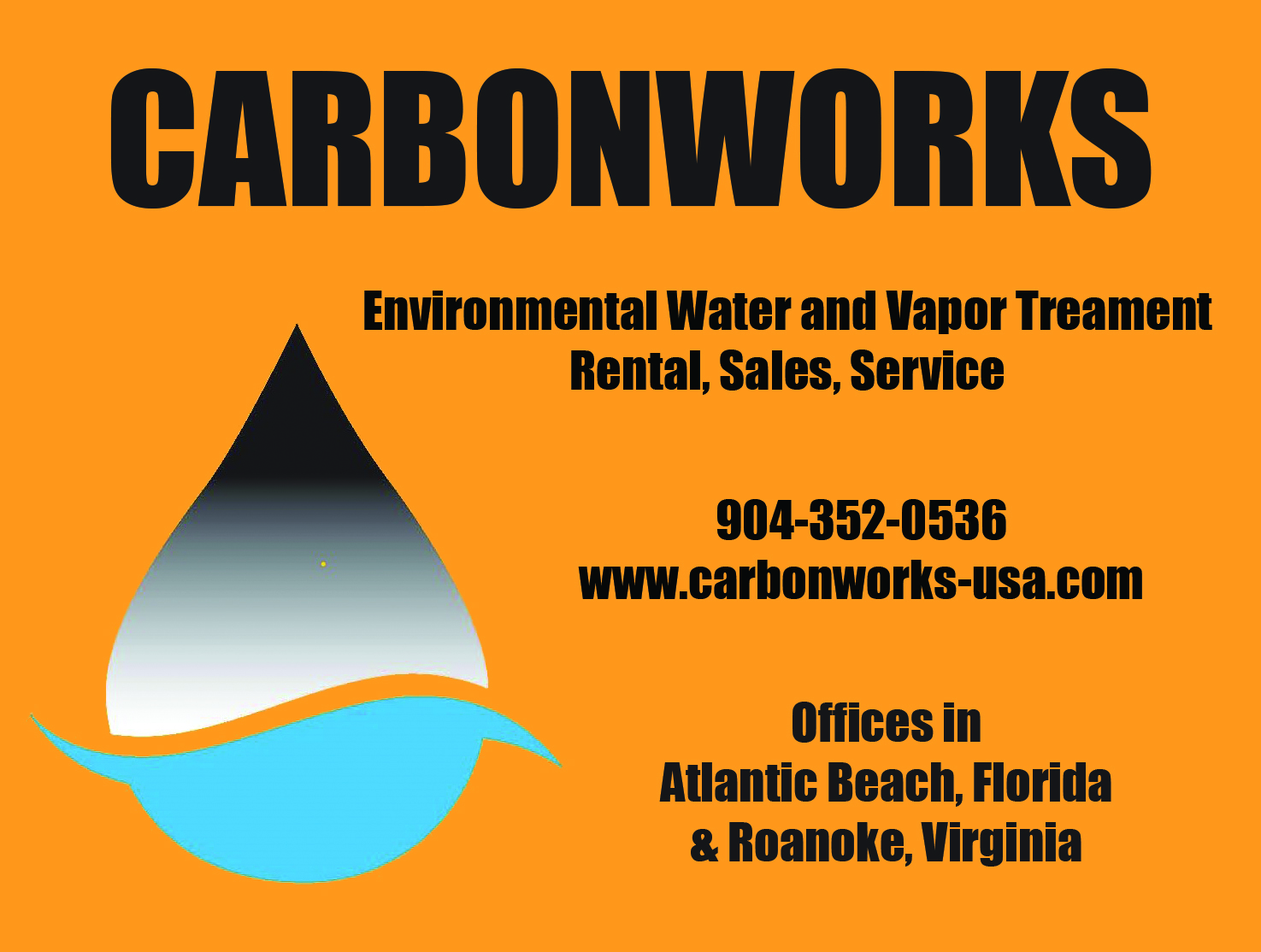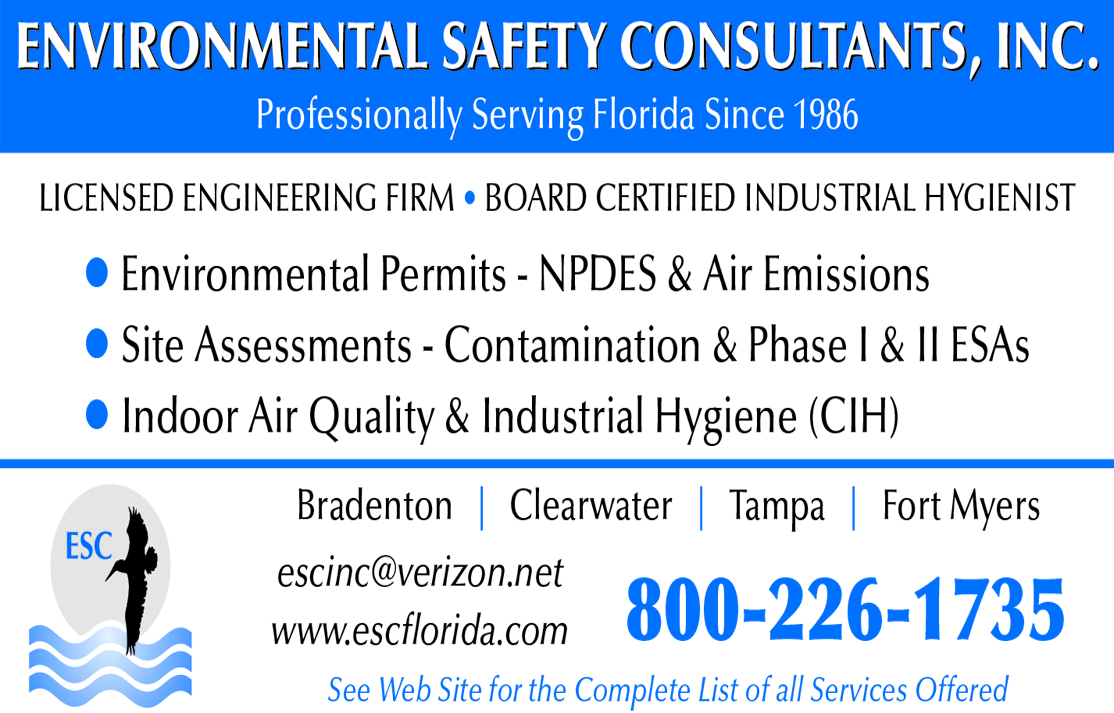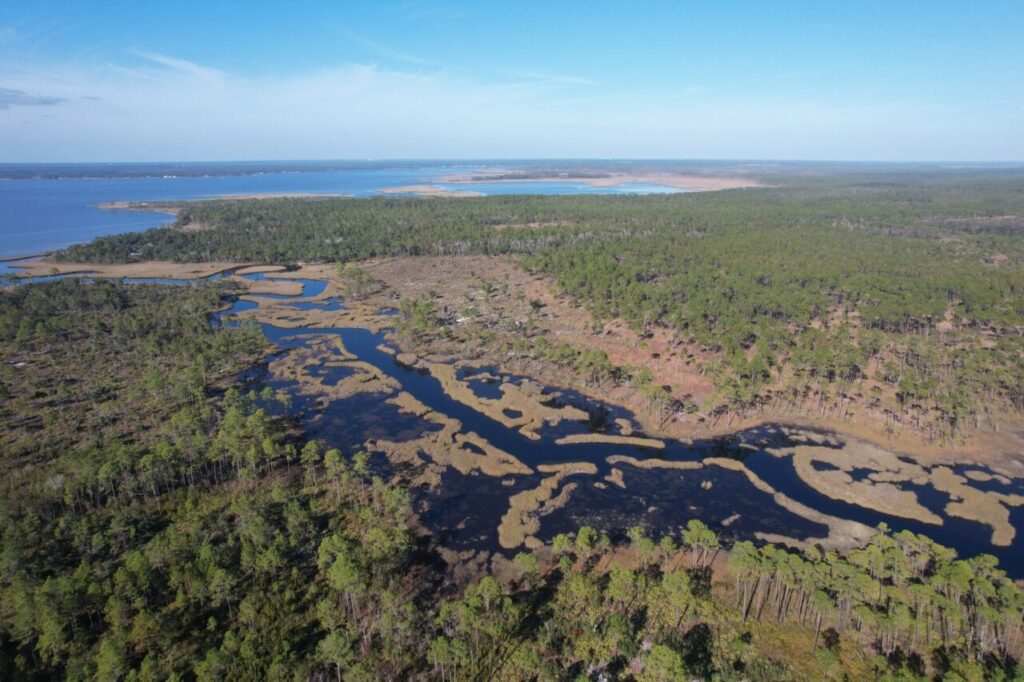
While continuity is great for quality of life, the same isn’t true for technology or infrastructure.
By MATT POSNER AND COLTON WRIGHT
It is no secret that Northwest Florida’s days as an undiscovered paradise are long gone.
From Pensacola to Destin to Panama City and beyond, the region is experiencing tremendous growth. Since 2020, Santa Rosa County alone has experienced a nearly 11% increase in population.
It’s not hard to understand why people are choosing to call Florida and more specifically Northwest Florida, home. Kids growing up here today enjoy much of the same quality of life their parents and grandparents grew up with – access to fishing, swimming, and hunting from the headwaters to the Gulf.
While continuity is great for quality of life, the same isn’t true for technology or infrastructure. Today, the region continues to address legacy issues from its past while chronic water quality issues persist — namely, outdated, undersized, or non-existent stormwater and wastewater infrastructure.
Much like the rest of the state, Northwest Florida has dealt with water quality impairments, swim advisories, declines in oyster and seagrass habitat, flooding, and development of agricultural and rural lands for decades.
But unlike key water bodies in other areas of the state, vital water projects in Northwest Florida lack a recurring funding source to promote improvements and continuity into the future.
To be clear, Gov. Ron DeSantis and the Legislature have made record investments in environmental programs throughout the state, including within Northwest Florida – and thanks to these efforts, the region is on the road to realizing long-sought water quality improvements.
To build upon these successes and reinforce their progress for generations to come, Northwest Florida needs a dedicated, recurring funding source to address the hundreds of millions of dollars in backlogged infrastructure and restoration projects while preparing for the influx of new residents.
This funding model has proved successful in other regions of the state, including the Indian River Lagoon (IRL), the Everglades and Biscayne Bay.
Especially as Northwest Florida contends with new growth, a dedicated funding source is paramount to ensure the region does not face challenges similar to those experienced by South Florida and the IRL during their phases of significant expansion.
Specifically, dedicated funding will benefit the Pensacola and Perdido Bays Estuary Program (PPBEP), Choctawhatchee Bay Estuary Program and St. Andrew and St. Joseph Bays Estuary Program, which were established in the wake of the Deepwater Horizon Oil Spill to improve water quality, restore habitat, improve fisheries, and enhance community resilience across Northwest Florida.
Each Estuary Program comprises local, state, and federal governments, academic organizations, numerous NGOs, and the private sector. These groups work together to develop and implement Comprehensive Conservation and Management Plans (CCMPs), 5- to 10-year restoration blueprints.
In the case of PPBEP, over $30 million has been secured since its establishment in 2018. Notable priorities include establishing a goal to restore 1,500 acres of oyster habitat in the Pensacola Bay System by 2034 – the largest oyster restoration program on the Gulf Coast. The Estuary Program also works with Escambia and Santa Rosa counties and multiple utilities to implement a microbial source tracking program to identify and prioritize future wastewater and stormwater improvements. Santa Rosa County will execute a $20 million septic-to-sewer program beginning in 2025.
All of these individual actions result in a collective impact of water quality improvements to ensure the quality of life and economic engine of the region is sustained for the next generation. However, a partnership with the state that includes predictable and consistent support is vital to measurable progress and long-term success.
Northwest Florida is at an inflection point, and near-term funding and policy decisions will determine whether our natural resources and habitats will be sustained into the future. With just a fraction of the investment received by the IRL or other comparable projects, the delisting of impaired waterbodies in Northwest Florida will finally be on the horizon.
Through local and state partnerships and strategic investments made now, Northwest Florida can continue to grow while sustaining its extraordinary quality of life.
Colten Wright is a Santa Rosa County Commissioner; Matt Posner is the executive director of PPBEP.
This column was first published on Floridapolitics.com


